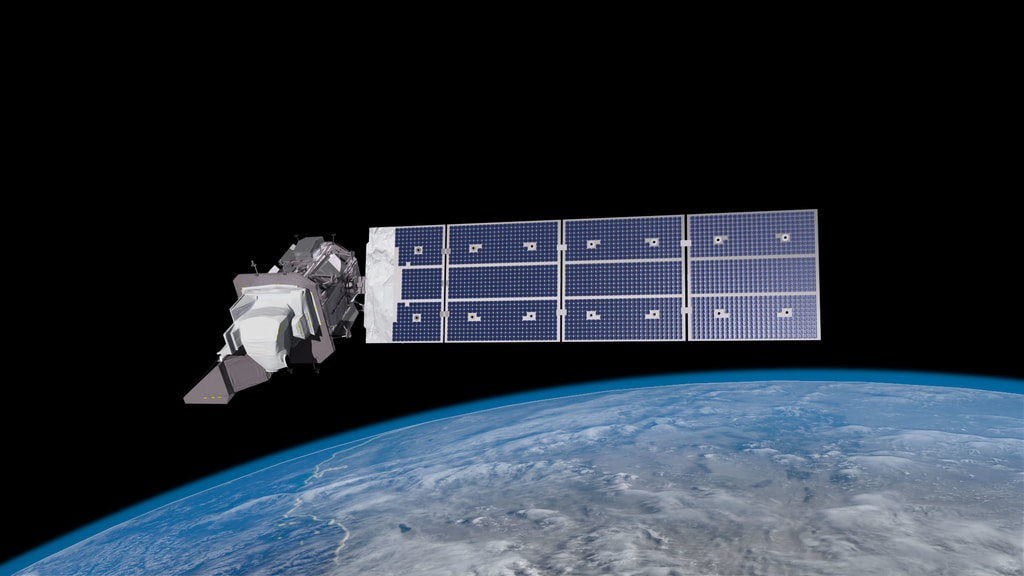TIRS-2 Ready For Integration
The Thermal Infrared Sensor 2 (TIRS-2) has passed its tests at NASA's Goddard Space Flight Center and traveled across the country to be integrated onto Landsat 9.
Music: Last Outpost by Lennert Busch [PRS], published by Sound Pocket Music [PRS]
Complete transcript available.
Watch this video on the NASA Goddard YouTube channel.
From orbit aboard the Landsat 9 satellite, the Thermal Infrared Sensor-2, or TIRS-2, will measure the temperature of Earth's land surfaces, detecting everything from a smoldering wildfire, to the amount of irrigation used on crop fields, to wispy clouds that are all but invisible to other instruments. First, however, it had to survive tests that simulated the harsh environment of space.
This month, TIRS-2 successfully passed the stringent 12-week testing process at NASA's Goddard Space Flight Center in Greenbelt, Maryland. It was shipped to Northrop Grumman’s facility in Arizona, where it and the Operational Land Imager-2 will be assembled onto the Landsat 9 spacecraft. Landsat 9 is a joint effort of NASA and the U.S. Geological Survey.
Like digital cameras on a smart phone, the TIRS-2 instrument is an imager. But while a camera detects light reflected off an object, TIRS-2 detects the thermal energy that an object emits. The hotter a surface is, the more energy the instrument will detect.
The Landsat mission has been observing Earth since 1972, building the longest continuous record from space of the planet’s forests, farms, cities, and other surfaces. Starting with Landsat 5 and continuing through the first TIRS instrument on Landsat 8, the satellites have carried instruments that can detect thermal energy as well as visible and infrared light – and water managers and others have put these observations to work.
Credits
Please give credit for this item to:
NASA's Goddard Space Flight Center
-
Producer
- Matthew R. Radcliff (USRA)
-
Technical support
- Aaron E. Lepsch (ADNET Systems, Inc.)
-
Scientist
- Jeffrey Masek (NASA/GSFC)
-
Writer
- Kate Ramsayer (Telophase)
-
Videographers
- John Caldwell (Advocates in Manpower Management, Inc.)
- Matthew R. Radcliff (USRA)
Release date
This page was originally published on Friday, August 23, 2019.
This page was last updated on Wednesday, May 3, 2023 at 1:45 PM EDT.
